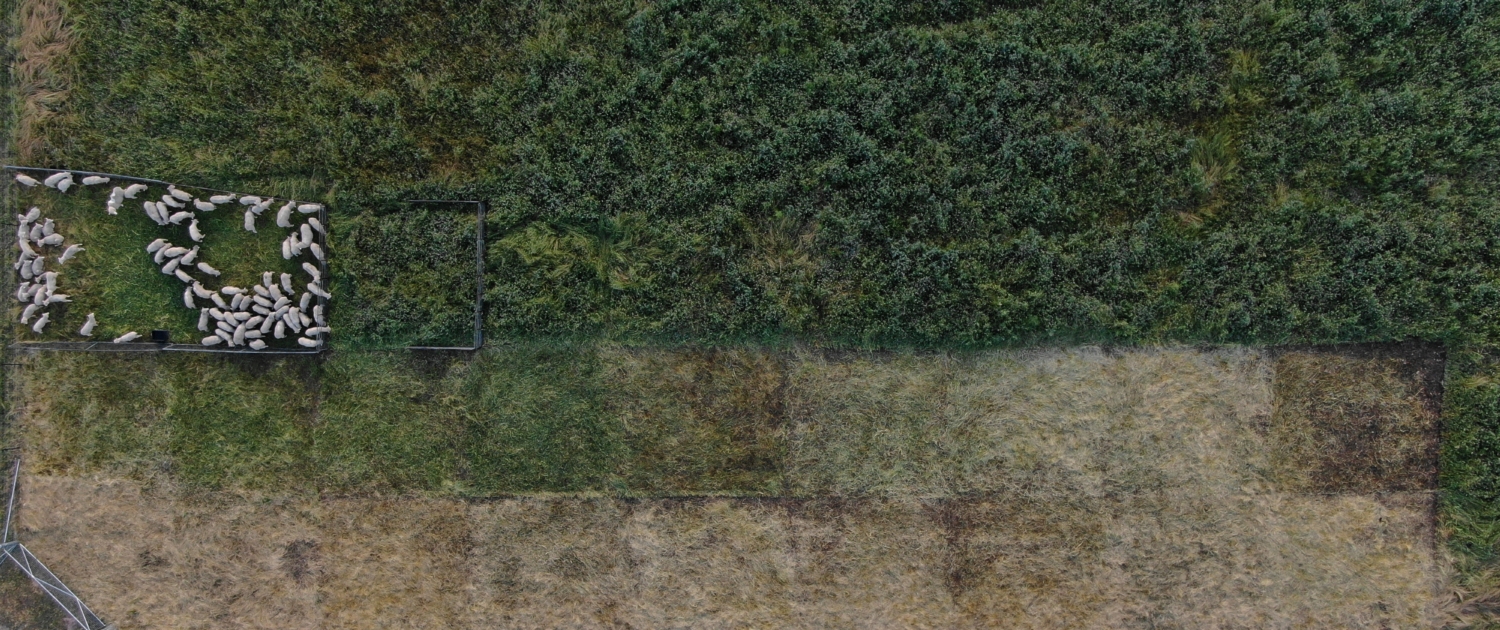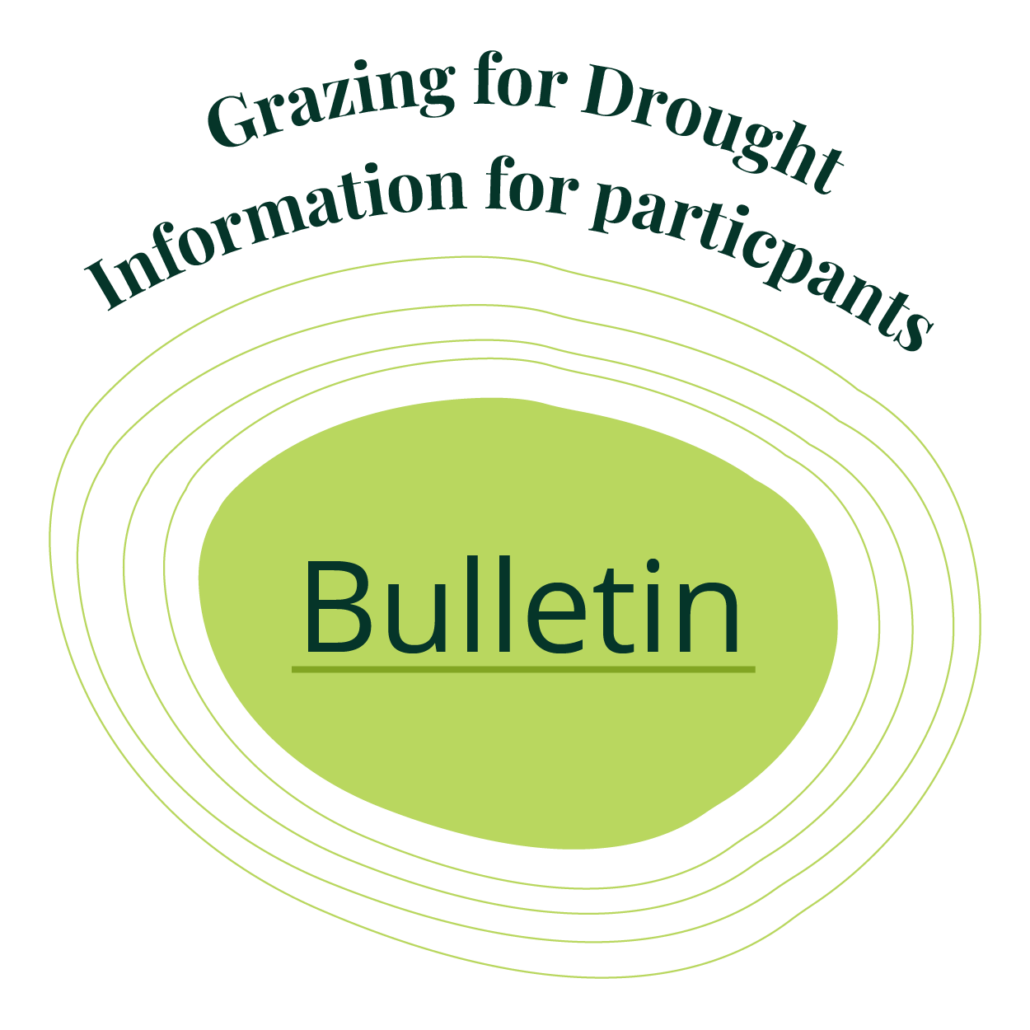
Grazing for Drought
Improving Drought Resilience Using Adaptive Planned Grazing
The Improving Drought Resilience Using Adaptive Planned Grazing (APG) program focused on achieving more widespread and expert use of APG in our region for the economic, environmental and social benefits it can provide. Building on existing expertise, the program brought together farmers in the region to create a network of graziers with similar aims and provided training and mentorship for participants.
Results from farmers who practice APG suggest many significant benefits over time, including:
- An increase in the basal area of perennial grasses in the pasture
- Increase in litter and ground cover
- Increase in the diversity of grass species, including the return of productive, palatable, and nutritious native grasses
- Improved water infiltration, soil stability and nutrient cycling
- Increase in soil carbon and soil fertility without the use of fertilisers
In addition to these benefits, APG helps farmers estimate how much feed is ahead of livestock in the rotation, this is a vital tool allowing farmers to adjust stock numbers for the conditions. This means that as the landscape dries out farmers know earlier when to reduce stock numbers to make sure there is enough feed in the paddocks for the next rotation. When drought persists, farmers who use APG focus on retaining groundcover, protecting their soil from the erosive powers of winds and drought-breaking rains. This management practice also means that farmers can receive better prices for their livestock because they are selling earlier and spending less on feed to keep stock alive. Land managed with APG can recover more quickly after a drought and the farmers can re-stock more quickly avoiding inflated stock prices. If more land managers learn about Adaptive Planned Grazing, the collective landscape can be healthier and more resilient. Stock price fluctuations could be less extreme and the tragic economic and social effects of drought can be minimised. This program is supported by Watershed Landcare through funding from the Australian Government’s Future Drought Fund.
Project Summary
This project introduced Adaptive Planned Grazing as a drought resilience strategy to landholders in 2 Landcare areas, and established grazing groups for ongoing peer learning and mentoring. Through the initial workshops, 64 participants met project staff, trainers (from both Holistic Management International and Resource Consulting Services) and mentors. Participants were introduced to Adaptive Planned Grazing and invited to participate in project activities.
Seven landholders participated in subsidised grazing training from Holistic Management International or Resource Consulting Services. Project staff visited 25 properties to set up Safe-to-Fail trials, so landholders could observe on a small area the benefits of increased grazing impact and utilisation. Webinars and field days were held to build group cohesion and share results and experiences. A social research team from the University of Sydney conducted focus groups and interviews with staff, mentors and participants.
Through the project, 64 landholders were introduced to Adaptive Planned Grazing as a drought resilience strategy, and 24 of these are adopting better drought management through the use of Adaptive Planned Grazing. They are supporting each other through ongoing meetings on participants’ properties.
Please visit the Grazing for Drought Bulletin for further information and details of project activities.
This project received funding from the Australian Government’s Future Drought Fund.



